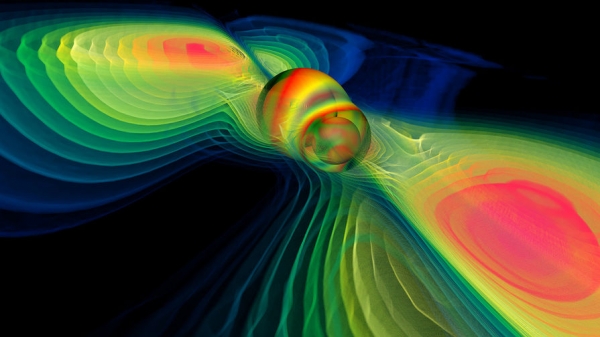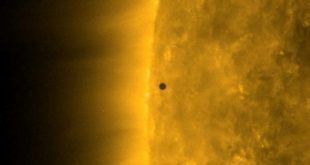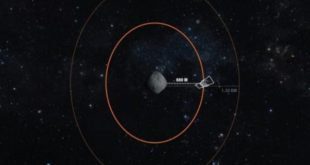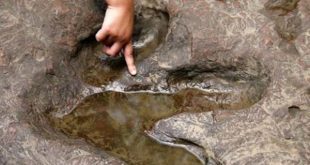 Using imagery from the Hubble space telescope, scientists first managed to capture the process of transformation of a star into a black hole.
Using imagery from the Hubble space telescope, scientists first managed to capture the process of transformation of a star into a black hole.
A group of scientists from Ohio (USA), headed by Jill Gerke (Gerke, Jill) managed to make a discovery that could shed light on the mystery of black holes. Until now, astronomers were not able to fix the process of becoming stars.
Having super-powerful force of gravity that is not able to overcome the light, moving with his speed objects, black holes are a very complex subject for study. Their presence can be recognized by a quite specific curvature of space light star and flare radio emission in the absorption of clumps of matter. However, the persistence of Jill Gerke, who for many years led stargazing using the Large binocular telescope Observatory, mount Graham, and pictures eight years ago with the Hubble allowed us to make a unique discovery.
In 2009 Gerke witnessed the disappearance of a rather large star N6946-BH1, located within the constellation Cygnus. After a weak short flare star just disappear from the observable region. The woman shared the news with colleagues. To check the opening and to access archived snapshots of their interest constellation, the scientists turned to the staff responsible for the Hubble telescope. Infrared part of the spectrum in which the photos were taken, allowed astrophysicists to witness the long process of dying star and its transformation into something new. As became clear from the images in place of the missing N6946-BH1 create a space that grew slowly, beginning in 2009 and 2015, absorbing the heat emanating from the grains of dust, thrown at the death star into space.
Still newly created hole continues slowly to extend, and to absorb the remnants of this heat, and was able to see thanks to Hubble.








